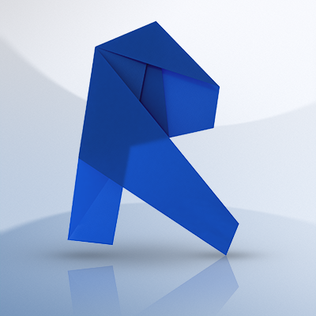References
[00] https://en.wikipedia.org/wiki/Grenfell_Tower_fire
[01] https://www.independent.co.uk/voices/grenfell-fire-accountability-must-be-built-into-the-housing-sector-a8117201.html
[02] https://hbr.org/2019/07/how-blockchain-will-change-construction
[03] https://www.softwareadvice.com/construction/procore-profile/
[04] https://www.getapp.com/construction-software/a/procore-construction-project-management-software/reviews/
[05] https://www.autodesk.com/bim-360/
[06] https://www.capterra.com/p/146989/BIM-360/
[07] https://www.autodesk.co.uk/products/revit/overview
[08] https://academy.archistar.ai/the-advantages-and-disadvantages-of-revit
[09] https://www.autodesk.co.uk/products/autocad/overview
[10] https://www.trustradius.com/reviews/autocad-2017-08-15-09-01-35
[11] https://www.getapp.com/industries-software/a/autocad/reviews/
[12] https://www.newgenapps.com/blog/unreal-engine-review-pros-cons-suitability
[13] https://www.newgenapps.com/blog/unity-3d-pros-cons-analysis-choose-unity
[14] https://www.quora.com/What-are-the-pros-and-cons-of-Android-Studio
[15] https://www.altexsoft.com/blog/engineering/pros-and-cons-of-android-app-development/
[16] https://medium.com/uport/we-have-migrated-from-ropsten-to-rinkeby-6d315b2dc44e
[17] https://medium.com/coinmonks/ethereum-test-network-21baa86072fa
[18] https://ethereum.stackexchange.com/questions/27048/comparison-of-the-different-testnets
[19] https://www.freecodecamp.org/news/angular-vs-react-what-to-choose-for-your-app-2/
[20] https://hackernoon.com/reactjs-vs-angular-comparison-which-is-better-805c0b8091b1
[21] https://programmingwithmosh.com/react/react-vs-angular/
[22] https://www.altexsoft.com/blog/engineering/the-good-and-the-bad-of-angular-development/
[23] https://trufflesuite.com/docs/ganache/overview
[24] https://www.trufflesuite.com/docs
[25] https://remix.readthedocs.io/en/latest/
[26] https://karl.tech/5-essential-ethereum-dapp-tools/
[27] https://hackernoon.com/11-best-ethereum-development-tools-to-grow-your-stack-e782fd7156ab
[28] https://blockgeeks.com/guides/15-best-tools-blockchain-development/
[29] https://metamask.github.io/metamask-docs/
[30] https://infura.io/docs
[31] https://medium.com/quiknode/run-your-own-ethereum-node-5c3061925e6a
[32] https://akeo.tech/blog/blockchain-and-dlt/enterprise-blockchains-hyperledger-fabric-corda-quorum/?utm_source=Medium&utm_medium=Neetablog&utm_campaign=blogpost
[33] https://www.corda.net/blog/corda-v-hyperledger-v-quorum-v-ethereum-v-bitcoin/
[34] https://www.investopedia.com/articles/investing/031416/bitcoin-vs-ethereum-driven-different-purposes.asp
[35] https://www.blockchain-council.org/blockchain/public-vs-private-blockchain-a-comprehensive-comparison/





